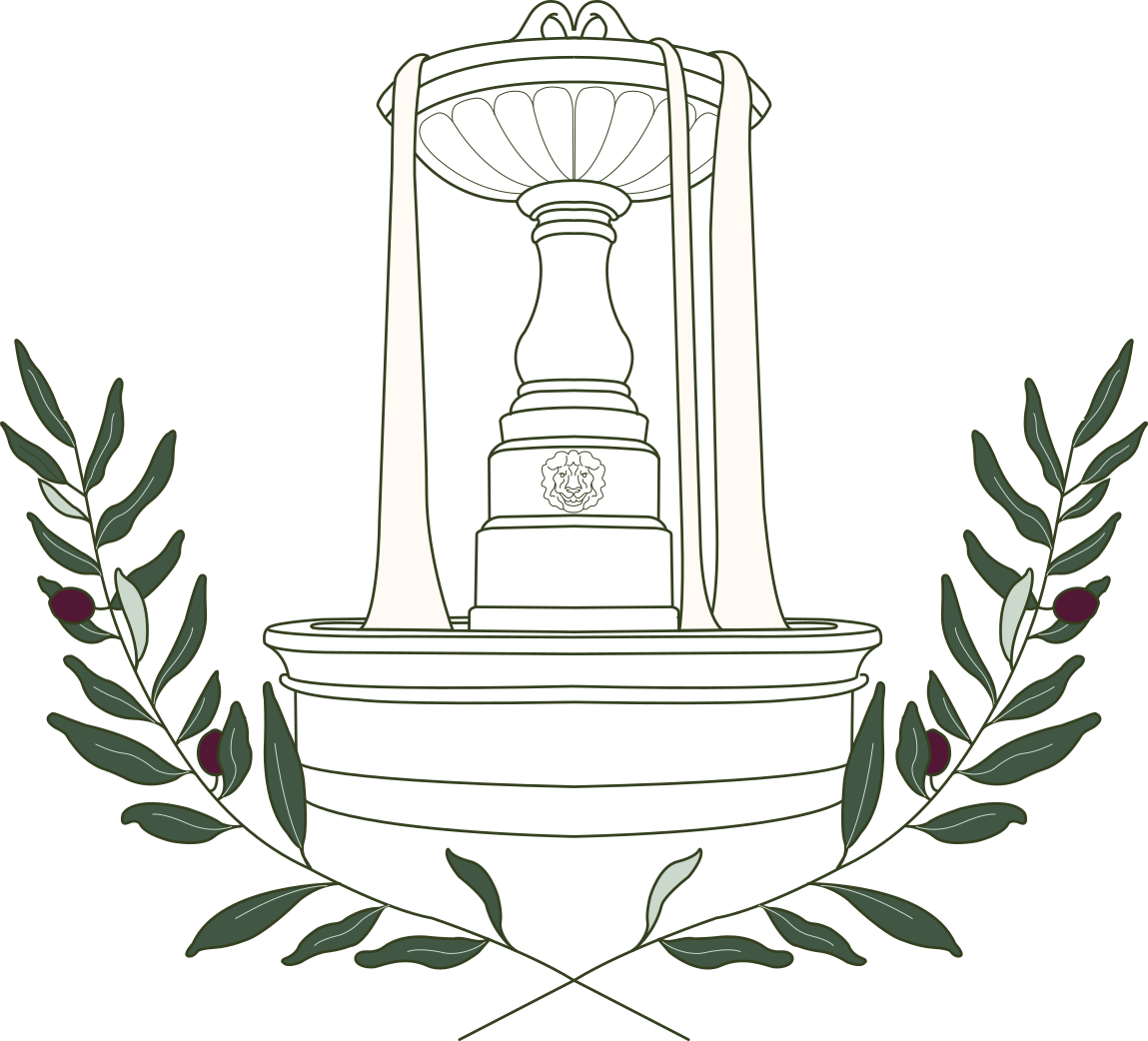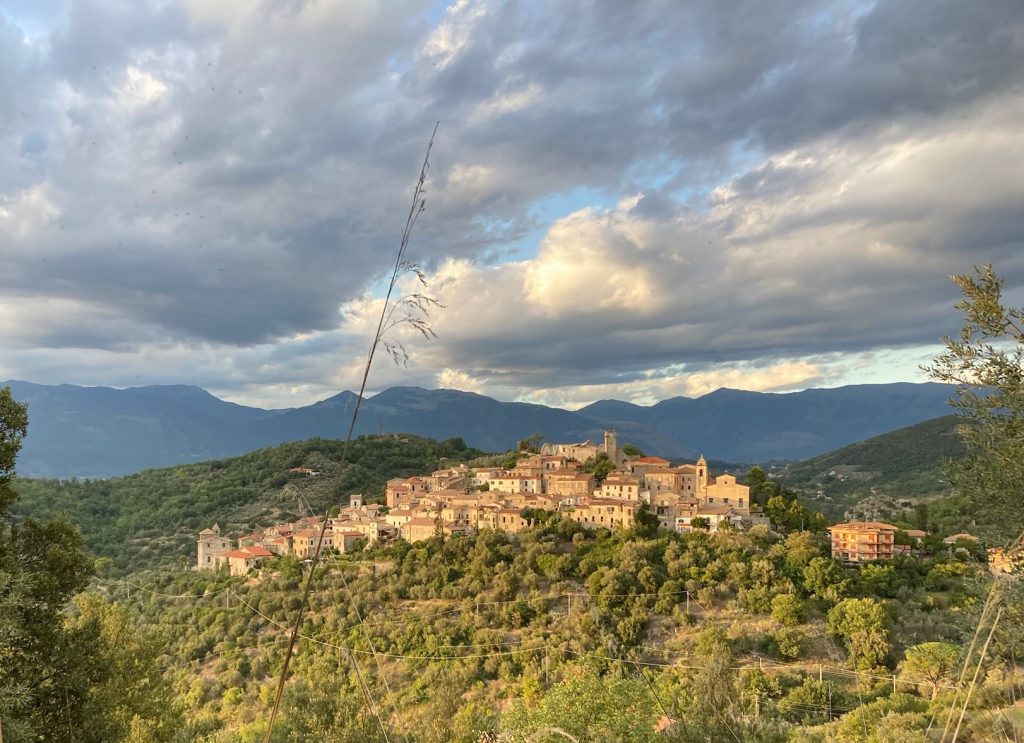
The area around Fontana Liri Superiore is steeped in history, dating back to early human hunter-gatherers 500,000 years ago. The region was later inhabited by the pre-Roman Volsci tribes and the Etruscans. About 1,000 years ago, the medieval village emerged when people living along the banks of the river Liri retreated to the hills to escape Saracen, Hungarian, and Norman incursions.
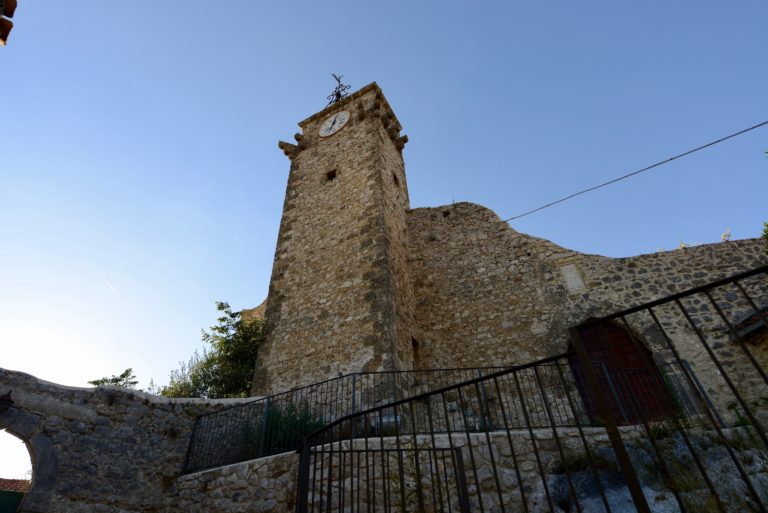
The Castle dates back to 1187 under the ownership of the Counts of Caserta. It was destroyed several times, in 1191 by Henry VI Hoenstaufen, in 1229 by Thomas Aquinas, Count of Acerra, in 1349 by an earthquake and in 1799 by French troops. It was always rebuilt due to its strategic defensive importance. Over time it has come under the ownership of the Pope, the Della Rovere (whose coat of arms is engraved on stone remains), of the Boncompagni family and of the Kingdom of Naples.
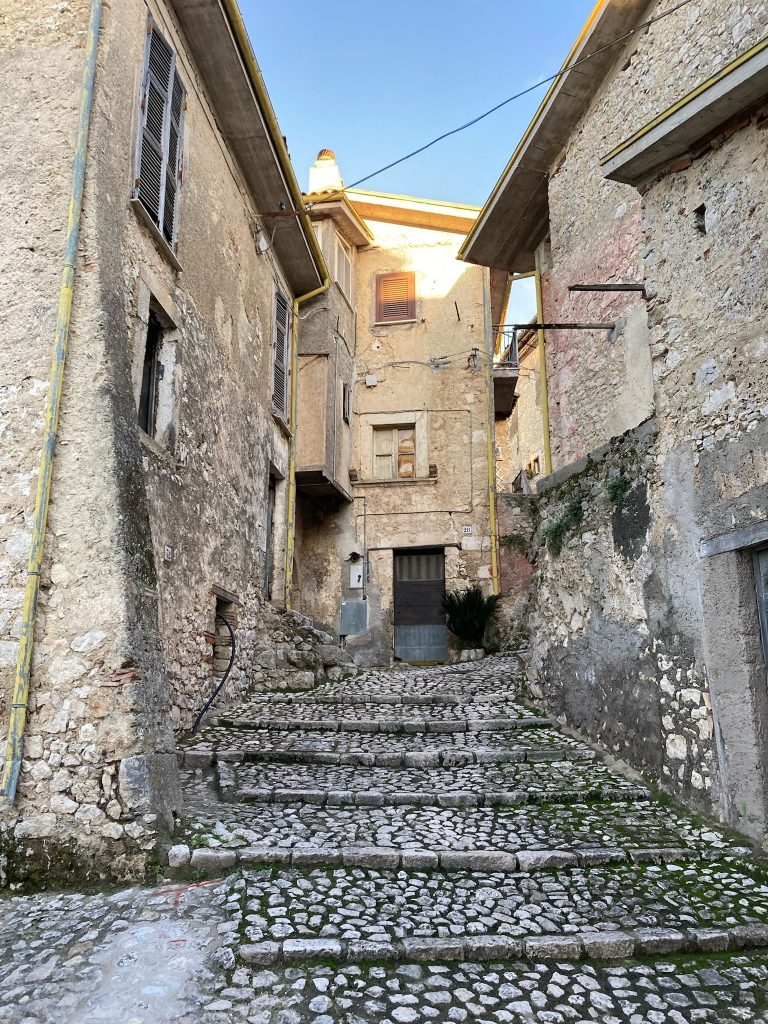
The village still retains a lot of its original structure and maintains much of its largely medieval form, with small winding, cobbled streets and a mixture of aristocratic palazzi and smaller more modest houses, many cut into the mountainside.
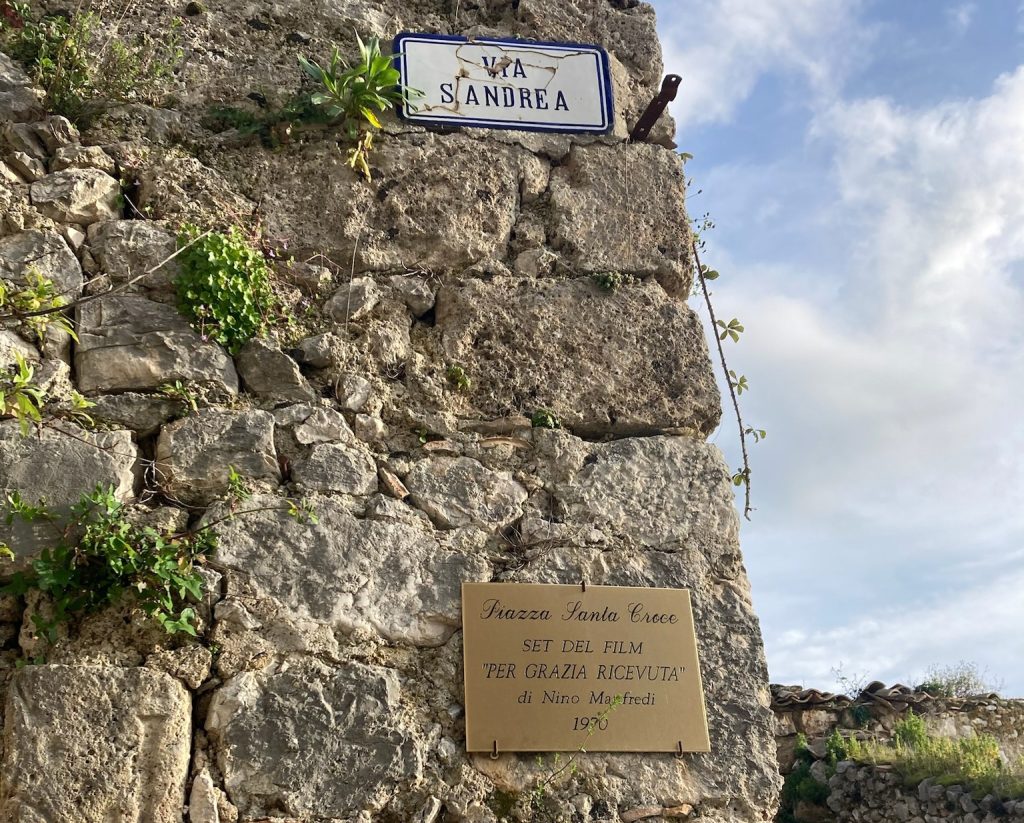
For this reason it was chosen by Nino Manfredi as the set for the 1971 film ‘Per Grazia Ricevuta’. The village is also perhaps best known these days as the birthplace of the iconic actor Marcello Mastroianni.
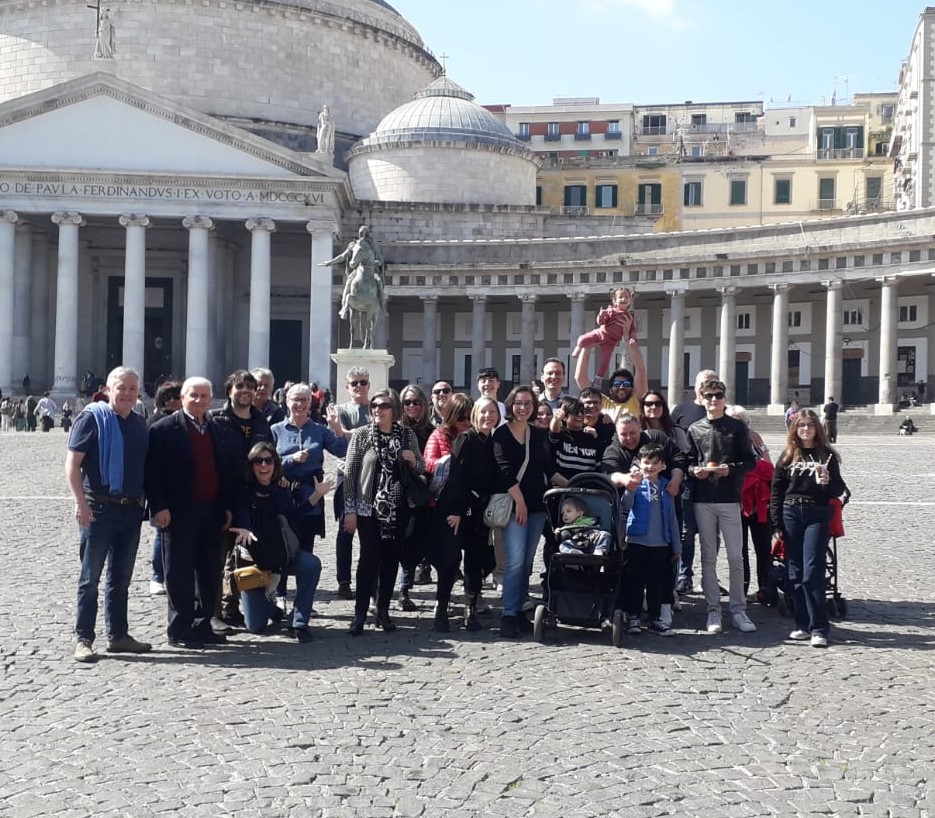
Although as late as the 1970s the village had a population of around 2,500, it now boasts a permanent population of as few as 80 due to people relocating down to the valley and to the nearest big towns and cities. It has therefore become the responsibility of the Fontana Liri Superiore Cultural Association (“Associazione Culturale Il Castello”) to preserve the culture of this ancient village and it’s crumbling historic buildings.
